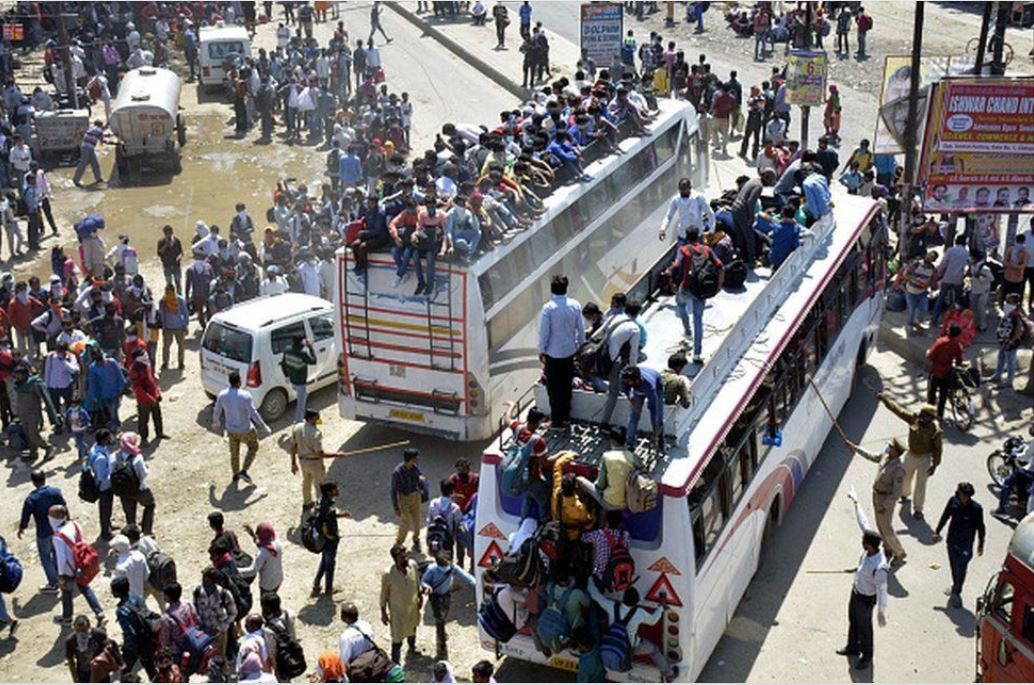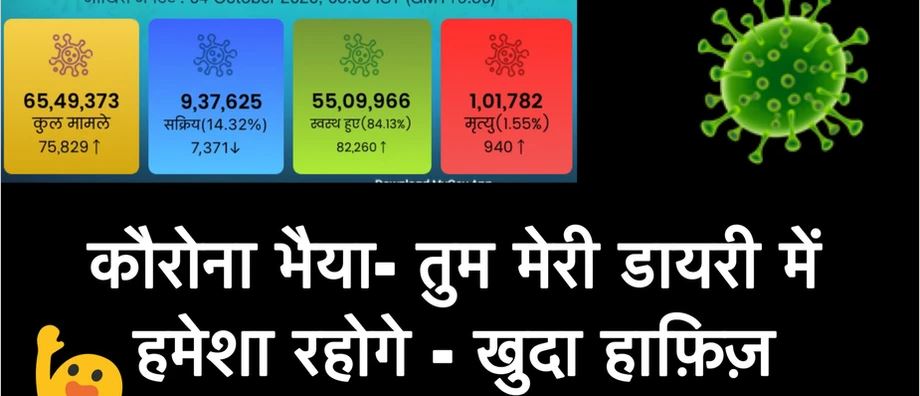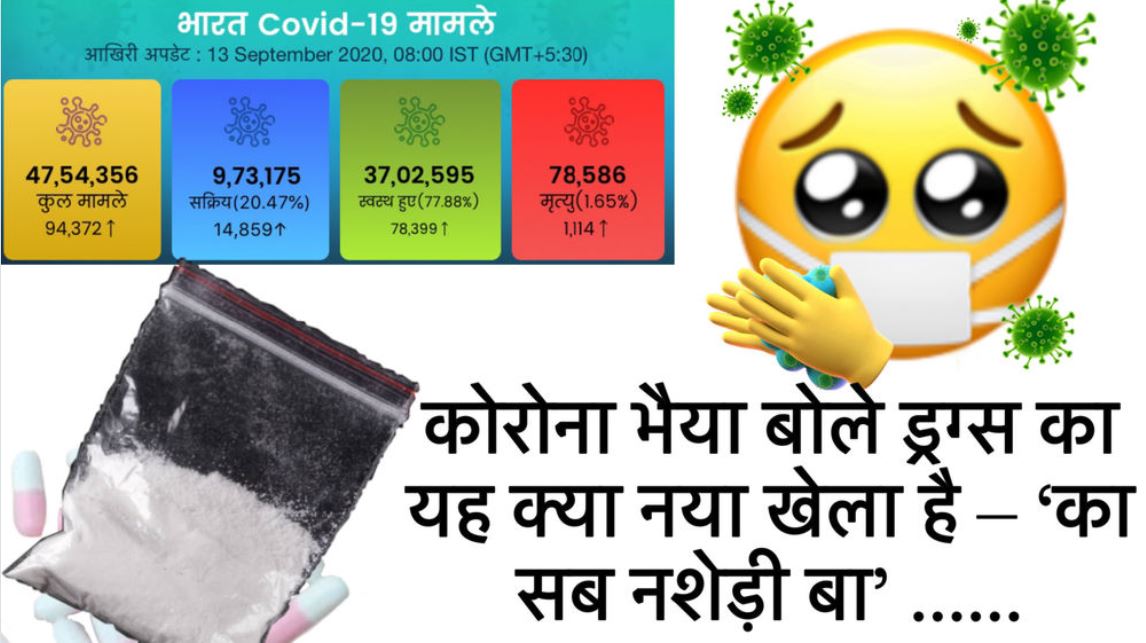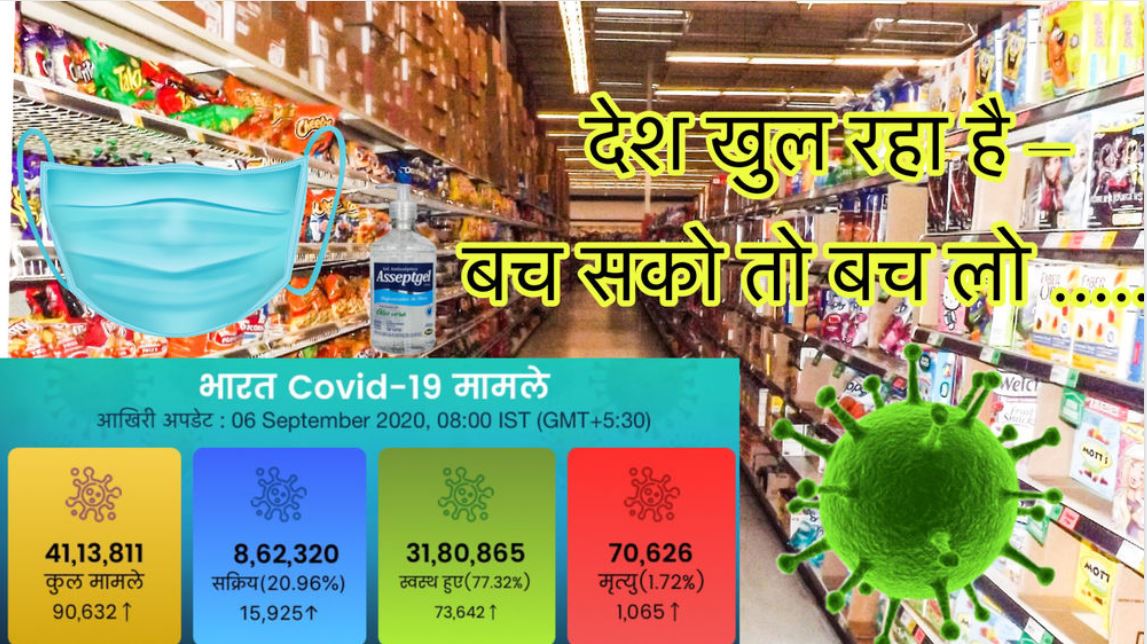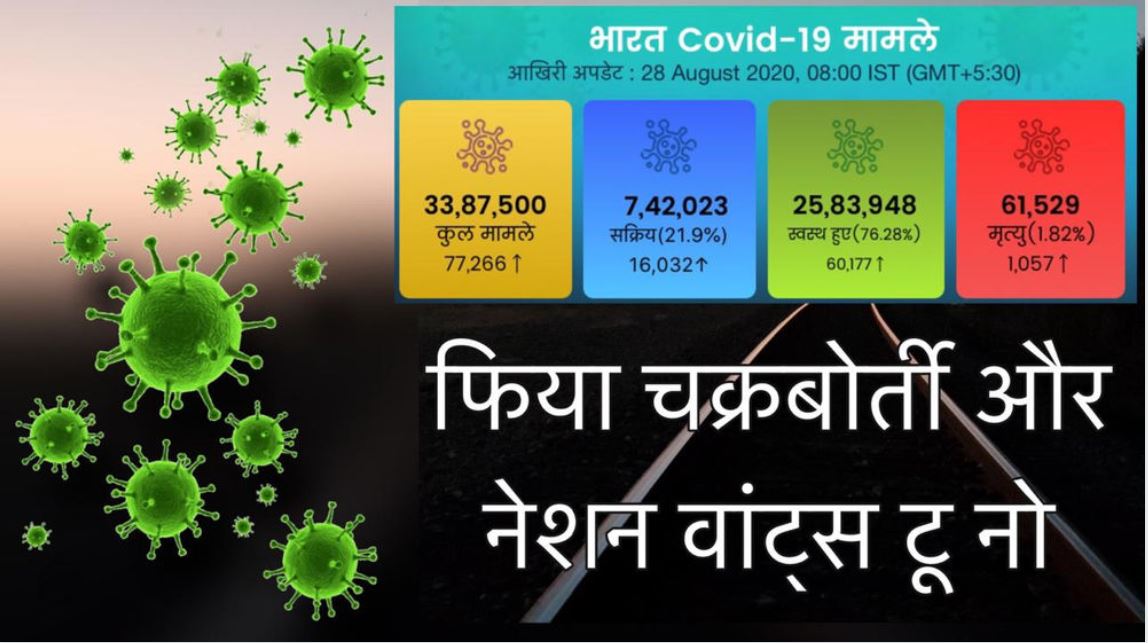Migrants brave scorching heat, battle hunger to reach home
They are informal workers and backbone of the big urban economy including real estate construction sites, delivery service, restaurants, hair-saloons, plumbers, automobile mechanics and daily wage labourers working in factories. However, ever since the nationwide lockdown, announced by PM Modi on March 25, these labourers have been at the receiving end. With no shelter and food, they prefer to walk to reach their villages.
Escaping poverty, many years ago they had left their villages in search of a job and preferred to live in squalid housing in congested urban areas in different states across the country, but the lockdowns made them refugees in their ‘adopted cities’ as workplaces were shut and the country came to a grinding halt.
If you switch on to your TV screens, you will see migrants carrying their paltry belongings, holding hands of their little children or carrying them on their shoulders and some even tagging their pet animals while braving the relentless summer heat—all in a bid to reach their villages. It’s a heart wrenching sight to see their hunger-stricken gaze full of fatigue. Yes this is the state of migrants whose continuous movement on the highways is a common picture.
“Do you think we have any option but to return home because ultimately during tough times only family comes to help and you get solace there, said Rajiv, a migrant, who was trekking from Nasik, while speaking to a TV Journalist. “At least I will get food and the comfort of family in my village home”, he said.
The Central Government’s move to respond to the plight of Indian migrant workers stranded abroad is a welcome step as hundreds of them are being brought back to the country in special flights but you can’t be so apathetic to the plight of migrant population at home.
“Wanting to go home in a crisis is natural. If Indian students, tourists, pilgrims stranded overseas want to return; so do labourers in big cities. They want to go home to their villages. We can’t be sending planes to bring home one lot, but leave the other to walk back home,” comments Shekhar Gupta, founder and editor of The Print.
Clearly, a lockdown to stave off a pandemic turned into a humanitarian crisis and perhaps both the respective state governments and Center appeared to have bungled in not anticipating this exodus.
A recent study published in Economic and Political Weekly said “The imposition of the lockdown as a measure to contain the exponential progression of the COVID-19 pandemic has actually hit the unskilled and semi-skilled migrant labourer the most. In the last few weeks, we have all been witness to harrowing, nerve-wrenching and bone-chilling images of the exodus of these marginal and “invisible” drivers of the informal economy of urban India.”
The Hindi belt is the main source of migrants. According to the census, four states, Uttar Pradesh, Bihar, Rajasthan and Madhya Pradesh account for 50 percent of India’s total inter-state migrants. On the other side, Maharashtra, Delhi, Gujarat, Uttar Pradesh and Haryana house 50% of the country’s inter-state migrants.
These shares are much higher than the share of these states in India’s total population. Interestingly, Uttar Pradesh figures in both lists – while there are people who leave it in search of livelihoods, there are also those who head for UP in search of livelihood.
Delhi and Mumbai are widely considered migrant magnets and the Census figure bears that out. According to it, migrants from other states in Delhi and Mumbai numbered 9.9 million, or almost a third of the combined population of 29.2 million in these two metropolises.
The big question today is whether these unskilled and semi-skilled migrant labourers who are returning home today would go back to their respective work-places, as there are not too many options of earning livelihood in villages and they would always be under pressure to earn.
It also come as a big opportunity for the states, if they can hold back these migrants in their native districts by offering the kind of skilled and unskilled labor work where they can earn substantial money to run their families.
In Uttar Pradesh Chief Minister Yogi Aditya Nath has embarked upon a mammoth exercise to bring back over one million migrants stranded in Maharashtra, Andhra Pradesh, Telangana, Karnataka, Punjab, West Bengal, Rajasthan, Bihar, Gujarat, Madhya Pradesh and Uttarakhand.
Nearly 1000 state roadways buses were pressed into service in this massive exercise since March 25 as there has been no clarity on the extended lockdown entering into phase 4.0 beyond May 17. Till date around 3.50 lakh migrants have returned to the state. Several special trains have already started bringing back these migrants with state government setting up shelters and Quarantine Centers to house them.
Once back in their home state, the people who have no symptoms of Covid-19 will be held in quarantine in government facilities for a fortnight until it is deemed safe for them to return to their families.
Interestingly Yogi government is now formulating a policy to provide employment to some 20 lakh migrant workers. “A policy is being framed to provide jobs to 20 lakh migrant workers through labour reforms in their villages and towns. Directions have been given to officials to prepare data from quarantine centers regarding skills of workers. With jobs guaranteeing a minimum salary of Rs 15,000 and fixed working hours will provide much needed security to the migrant labourers”, says a top government official. He further said that with these slew of measures, the UP government hopes that these migrants would not return to big magnet cities and will prefer to stay back in their native state.

